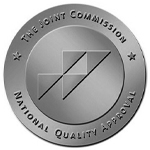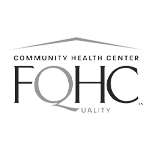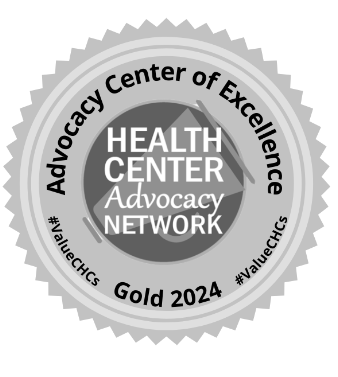Early detection is the best prevention for Breast Cancer. It’s easier than you think, doesn’t take much time, and can save your life. Follow these simple guidelines for how to examine your breasts each month and when to see a doctor for further evaluation.
Breast Exam
Starting at age 20, women should have an annual breast exam done by a health care provider. Women should also become very familiar with their breast so they can recognize changes in their breast when they happen. Monthly self breast exams help you to be aware of any subtle changes that may happen.
The best time to do self breast exams is just after your menstrual cycle has finished. Some women have natural swelling of their breast before their period so it can be confusing to check their breast during that time. If a woman is menopausal, breast exams could be done at any given date each month.
What to look for
When performing a breast exam, start with a visual exam. Look at your breast in the mirror to see if they look like your regular shape, size, and color. Look for any distortion of the skin or nipples and then raise your arms over your head and look for the same thing. Check for pulling in or retraction of the nipples or dimpling or puckering of the skin. Also look for redness or darkness of the breast. Then check for swelling or warmth or any change in the size or shape of the breast, especially if one breast suddenly looks larger than the other. Also be on the lookout for an itchy, scaly sore or rash on the nipple, nipple discharge that starts suddenly, especially bloody discharge, and any new pain in a very specific spot that does not go away.
Next lay on the bed and use your right hand to examine your left breast and your left hand to examine your right breast. Use the tips of your fingers in a circular motion feeling thru all the layers of your breast. Make sure to cover your entire breast from the nipple to the armpit. Pay attention to what your fingers are telling you. Feel for lumps the size of a pea or as large as a plum.
The more you know
Changes in your breast are sometimes subtle but can grow rapidly. It is really important to become familiar with your breast so you can recognize changes that have occurred. This is best done by close observation but not daily observation. While it was once thought monthly breast exams were critical it is now realized that the most important thing is to be familiar with your breast and recognized changes.
Any time something feels or looks different a woman should call her health care provider immediately for a clinical breast exam. If something looks amiss, the provider can order more tests such as an ultrasound or mammogram to further investigate the problem.
Darlanna Besecker is a certified nurse midwife at Keystone Women’s Care located at the Cochran Professional Center at 830 Fifth Avenue in Chambersburg.




